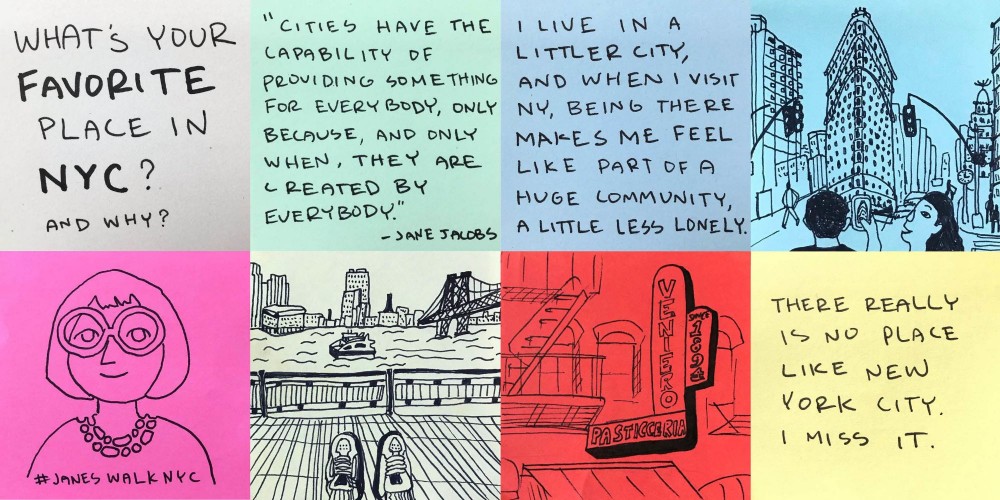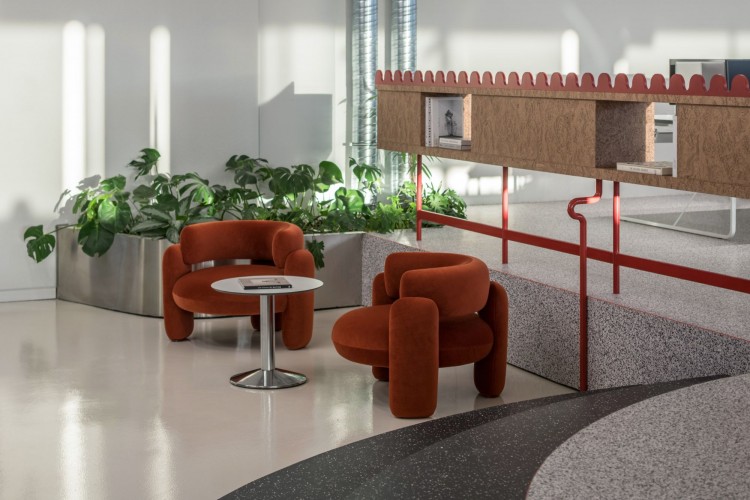Τάκης Ζενέτος. Μια ριζοσπαστική μοναδικότητα στην Ελλάδα
DS.WRITER:
Τάσος Γιαννακόπουλος
Κεντρική Εικόνα: Furniture for 2000 | kathimerini.gr
Ο Τάκης Ζενέτος έμενε πολύ κοντά από εκεί που μένω. Ο Τάκης Ζενέτος, επίσης, ήταν αρχιτέκτονας όπως κι εγώ. Αυτό, ωστόσο, που δημιουργεί μια ιδιαίτερη φαντασιακή διεπαφή από εμένα προς αυτόν, είναι, κυρίως, το -αλλόκοτο για πολλούς αλλά ιδιαίτερα λειτουργικό για άλλους- ωράριό του· δούλευε μέχρι πολύ αργά τη νύχτα και κοιμόταν την ημέρα, επικοινωνώντας με σημειωματάρια με τους συνεργάτες και την οικογένειά του -οργάνωση γύρω από την οποία προσπαθώ ενεργά να στήσω τη ζωή μου. Κάπου εκεί, όπως λένε, τελειώνουν οι ομοιότητες, μιας και ο Τάκης Ζενέτος έχει υπάρξει ένας από τους πιο προοδευτικούς οραματιστές αρχιτέκτονες του 20ού αιώνα.

Takis Zenetos | architectuul.com
Ο Ζενέτος γεννήθηκε στην Αθήνα το 1926, και το 1945 φεύγει από την Ελλάδα για το Παρίσι για να σπουδάσει με υποτροφία αρχιτεκτονική στην Ecole des Beaux Arts, όπου και λαμβάνει τον τίτλο σπουδών του με την ολοκλήρωσή τους το 1952. Ύστερα, σχεδιάζει περί τα 120 ολοκληρωμένα έργα, με τα πιο γνωστά να είναι τα εργοστάσια ΦΙΞ (και πιο διάσημο αυτό στη Συγγρού, που τώρα πια -σαφώς περιορισμένο σε πολλές διαστάσεις- στεγάζει το Εθνικό Μουσείο Σύγχρονης Τέχνης), η δυναμική κατοικία στην Ξάνθου 21 στη Γλυφάδα, η κατοικία στη Δερεχάνη 32 στο Καβούρι, η πολυκατοικία στην Αμαλίας και Δαιδάλου με τα συρόμενα πετάσματα στην πρόσοψη, τα οποία αργότερα έγιναν, διαστρεβλωμένα, πρότυπο για πάμπολλες αυθαιρεσίες.
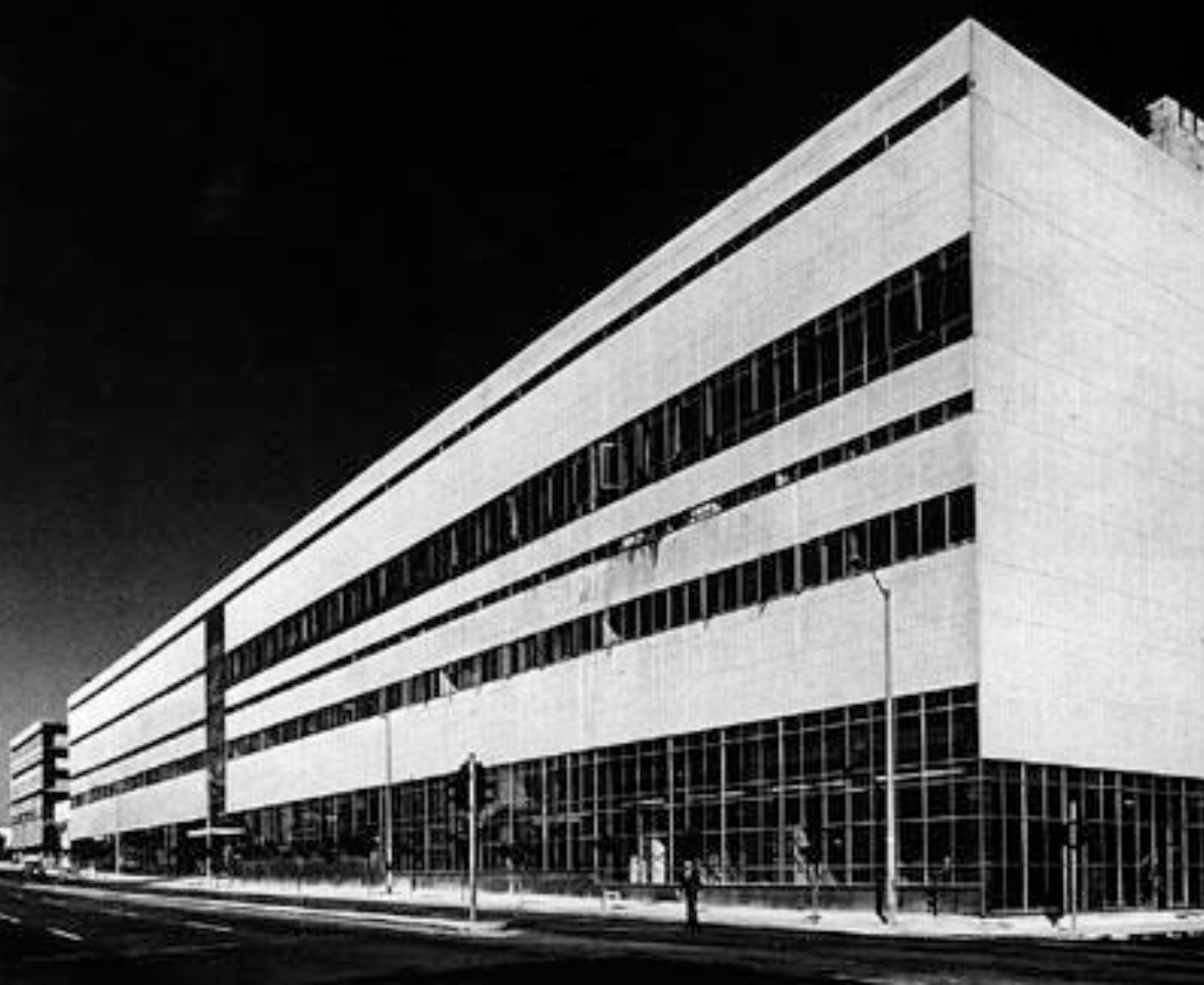
ΦΙΞ Building | mdpi.com
Στις πιο δημόσιες τοποθετήσεις του ξεχωρίζει το πολύχρωμο, στρογγυλό θέατρο του Λυκαβηττού και, φυσικά, η πρωτοποριακή “Ηλεκτρονική Πολεοδομία” του 1962, που τώρα πια επιβεβαιώνει η επικαιρότητα και αναζωπυρώνει το ενδιαφέρον μας για να τη μελετήσουμε από την αρχή, λόγω της ελληνικής συμμετοχής στη φετινή Biennale με τον τίτλο Oedipus in search of Colonus, που θα έχει αναπαραγωγές του επίπλου που είχε σχεδιάσει ο ίδιος για τις χωροταξικές του ιδέες.
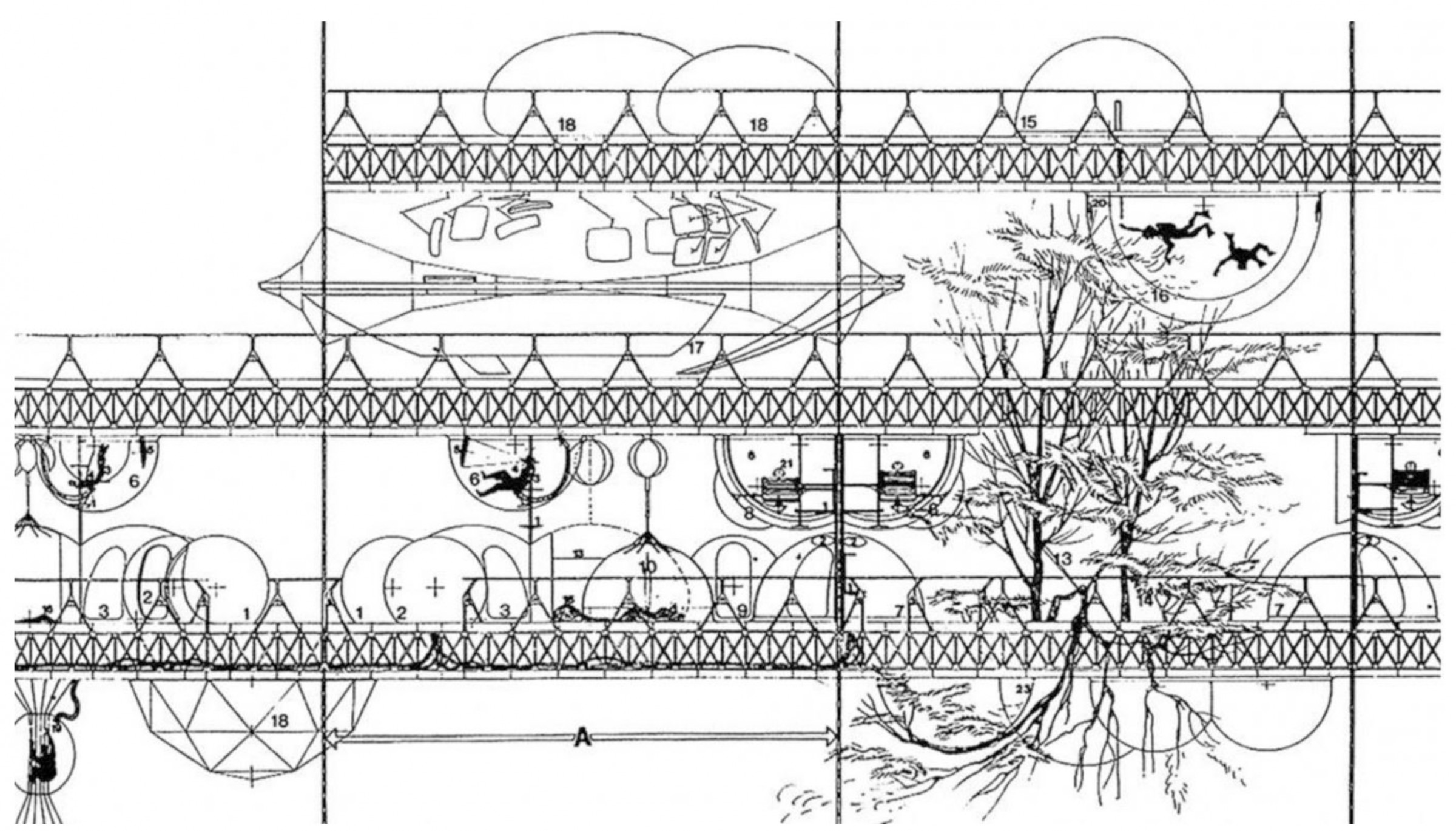
Electronic Urbanism | mdpi.com
Στην Ηλεκτρονική Πολεοδομία, ο Ζενέτος ούτε λίγο ούτε πολύ προέβλεψε, 60 χρόνια πριν γίνει μαζική πραγματικότητα, το καθεστώς της τηλε-εργασίας που μας “επιβλήθηκε” από την επίδραση της πανδημίας. Το αποκαλούσε τηλε-διεκπεραίωση και προέβλεψε τους ψηφιακούς νομάδες πριν γίνουν κουλ. Αφού είχε μελετήσει και παρατηρήσει με ιδιαίτερη οξύνοια τις πιο πρόσφατες επινοήσεις στα τεχνολογικά και επιστημονικά περιοδικά της εποχής του, βασίζεται σε αυτές τις συνθήκες και δημιουργεί το σχεδιαστικό τους αντίστοιχο στο επίπεδο του σώματος και της κατοικίας με το Έπιπλο για το 2000 και, ταυτόχρονα, επιλύει πολεοδομικά προβλήματα όπως την κυκλοφοριακή συμφόρηση, τις οικιστικές περιοχές-υπνωτήρια και την ασταμάτητη εξάπλωση του αστικού τοπίου εις βάρους του φυσικού με τις αποικίες νέφη.
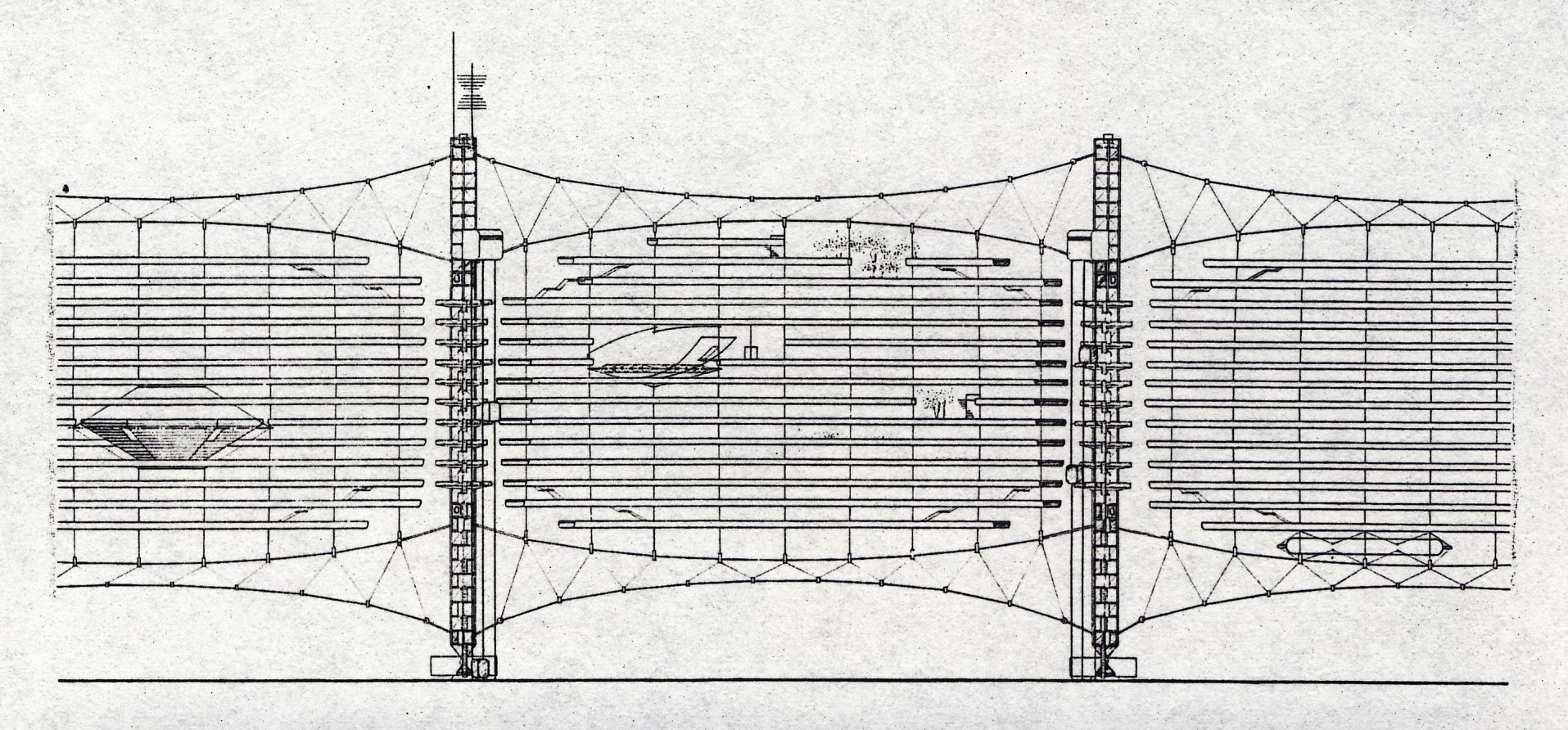
Electronic Urbanism | teetkm.gr
Αυτές ήταν αναρτώμενες κατασκευές που πρακτικά θα αιωρούνταν πάνω από το επίπεδο του εδάφους και θα στέγαζαν όλες τις λειτουργίες μιας πόλης σε πολύ χαμηλότερο εμβαδό από ό,τι η συμβατική πόλη που εκτείνεται κυρίως σε δύο διαστάσεις. Ο Ζενέτος, με άρτια τεχνική κατάρτιση, κάνει και δομικούς υπολογισμούς της εφαρμοσιμότητας της ιδέας του που μοιάζει με αιωρούμενη φάλαινα, και βασίζεται στα τεχνολογικά επιτεύγματα της εποχής του προκειμένου να φέρει σε πέρας αυτές τις κρεμαστές πόλεις. Όσον αφορά τις διοικητικές ανάγκες αυτών των πόλεων, σκέφτεται τις αυτοματοποιημένες “Υπηρεσίες Διεκπεραίωσης”, όπως τις ονομάζει, οι οποίες θα βρίσκονταν σε χώρο μακριά από την πόλη, και με μεγάλη ευκολία μάς φέρνει στον νου τα μεγάλα data center των Google, Facebook κλπ, που έχουν ακριβώς αυτές τις υποδομές τους στη μέση της Νεβάδας ή άλλης αντίστοιχης περιοχής.
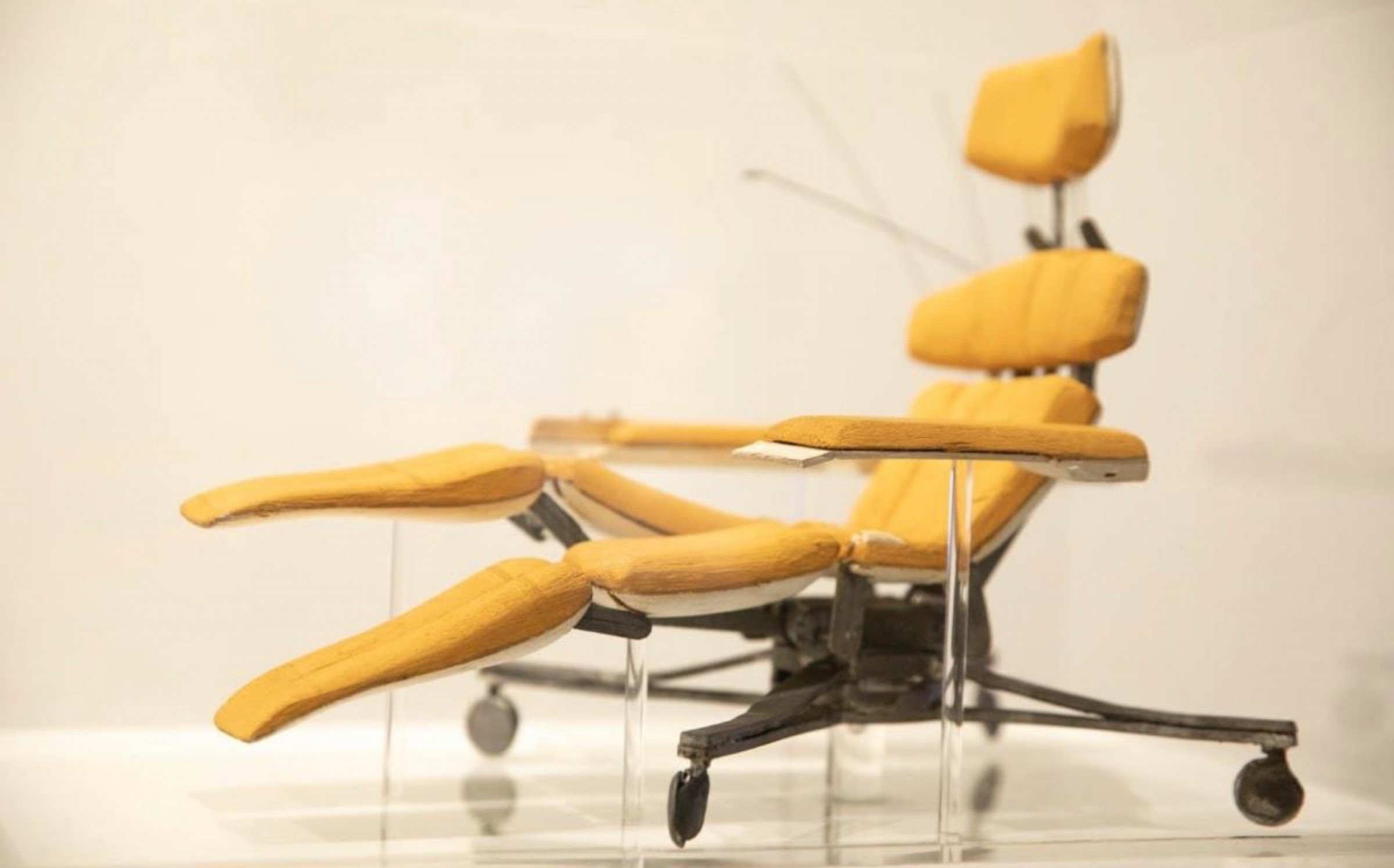
Furniture for 2000 | mdpi.com
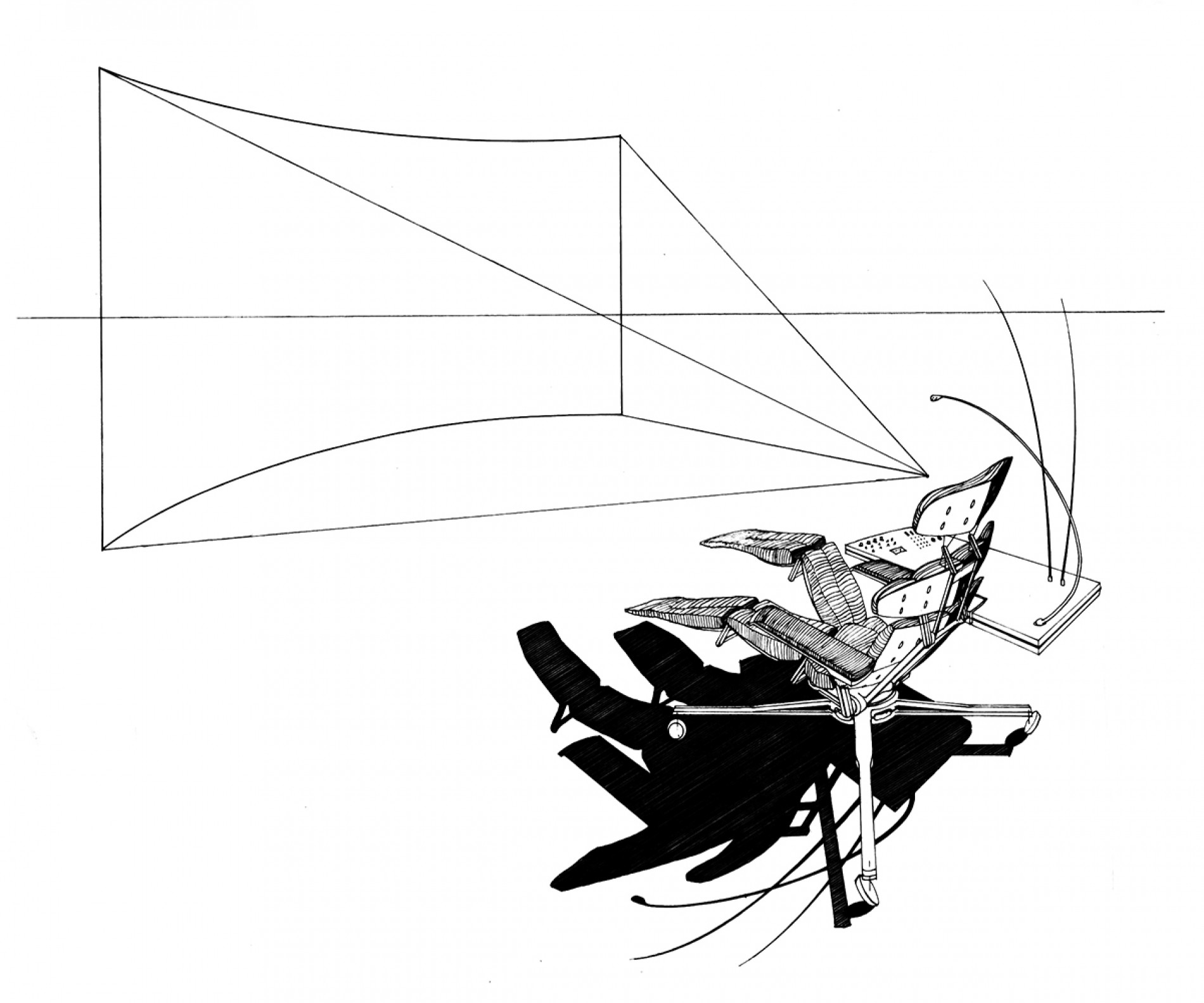
Furniture for 2000 | tomorrows.sgt.gr
Για την κλίμακα του κορμιού, σκέφτεται τη συμμαχία με τη μηχανή πολύ πριν το Cyborg Manifesto (1985) της Donna Haraway. Σχεδιάζει το Έπιπλο για το 2000, ένα ανθρωπομορφικό έπιπλο πολλαπλών χρήσεων, σχεδιασμένο σαν ανατομική πολυθρόνα-κρεβάτι. Αποτελεί το κεντρικό τηλεχειριστήριο όχι μόνο των οπτικοακουστικών επαφών αλλά και της λειτουργίας της κατοικίας στην Τηλέπολις, κάνοντας το σώμα με τη διεπαφή ουσιαστικά έναν ενιαίο οργανισμό. Παραλαμβάνει όλες τις κινήσεις του σώματος σε μια αρθρωτή κατασκευή που πλοηγείται ελεύθερη στο αστικό τοπίο του μέλλοντος, σαν σε κίνηση στο διάστημα ή στο αμνιακό υγρό της πόλης. Όχι μόνο η τηλε-εργασία, αλλά και όλες οι ανάγκες του ανθρώπου θα μπορούσαν να καλυφθούν μέσω του ψηφιακού, από αυτό το μαγικό έπιπλο.
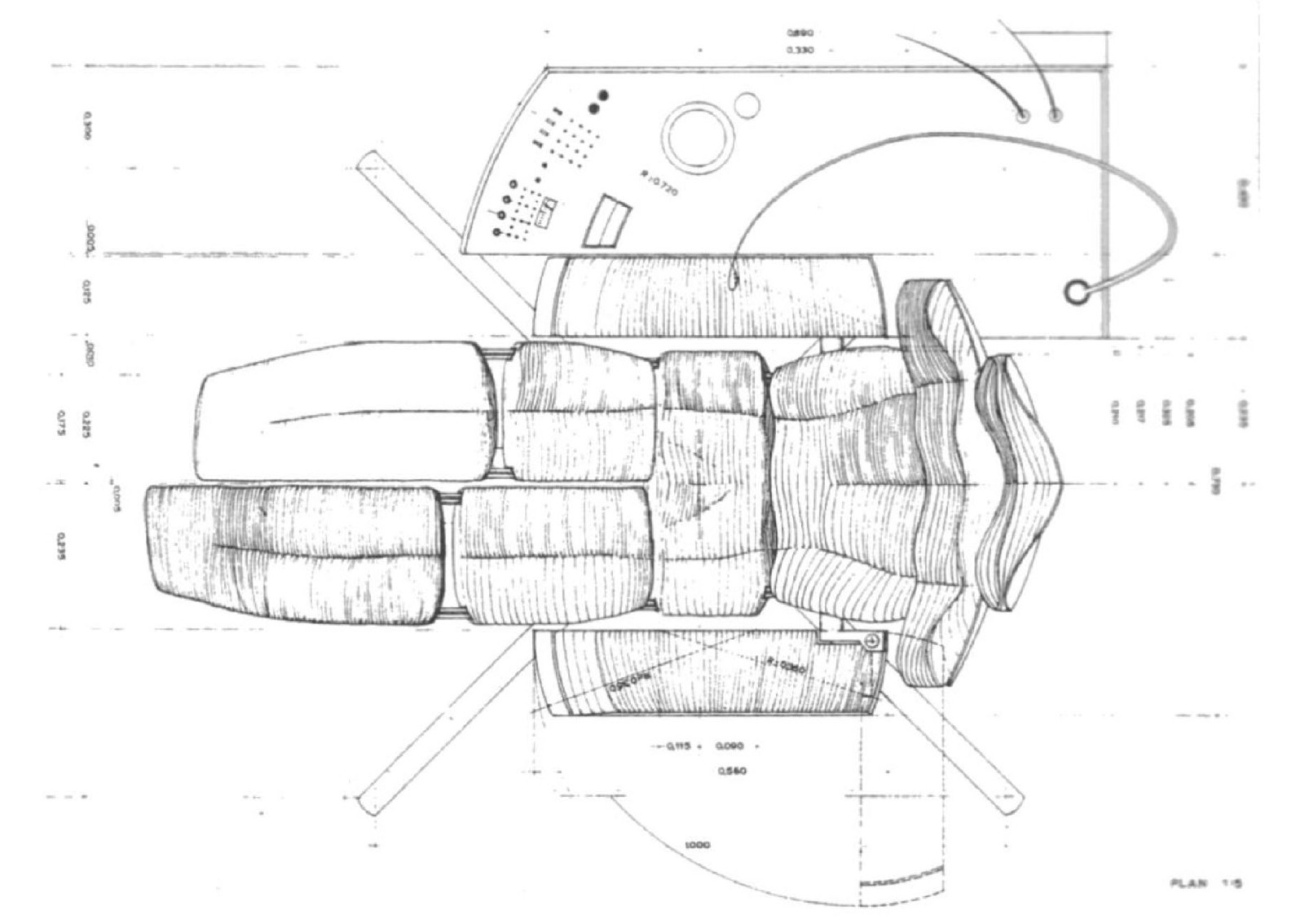
Spinal Body and Carrier | Personal archives of Zenetos Family, img.journal
Αυτή η αστείρευτη αισιοδοξία και πρακτικότητα της εφαρμογής τους δείχνει ακόμα φρέσκια 60 χρόνια μετά τη δημοσίευσή τους. Ο αρχιτέκτονας συγκινεί με την ακρίβεια του σχεδιασμού και την πίστη στα όρια της αρχιτεκτονικής και σχεδιαστικής σύλληψης, καθώς και με την αστείρευτη ελπίδα του σε ένα πιο ανθρώπινο μέλλον. Το έργο αυτό αποκαλύπτει την ιδιοφυΐα του Τάκη Ζενέτου, ο οποίος ήταν μια πραγματικά ριζοσπαστική μοναδικότητα.
Ο Τάκης Ζενέτος αυτοκτονεί το 1977 στην Αθήνα, σε ηλικία 51 ετών.
Άρθρο: Η ηλεκτρονική πολεοδομία archetype.gr




.png)
